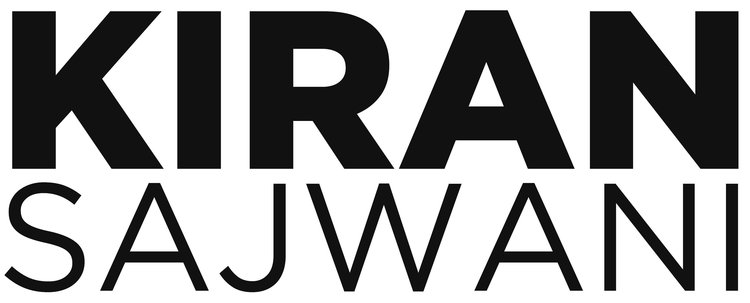A couple of months ago (which now seems like eons ago), we retreated into our homes, in response to the pandemic. This was in addition to the many other protective measures, such as wearing masks, physical distancing, and regularly washing hands - the last should have been happening, regardless of prevailing health conditions!
The coronavirus has changed how we live, work, and learn, and I don't know if we'll ever go back to the way things were. That said, I don't think everything in "the way things were" is worth going back to - there are elements in our current adaptation of life that are worth holding on to, even when the world hopefully heals from the pandemic.
We are all currently designing in tension. And will be, for a long time.
— rufflemuffin (@rufflemuffin) September 21, 2020
One of the biggest impacts for me has been the shift to distance learning (here are my earlier insights from teaching design within constraints). This hasn't been an easy transition for anybody, and there are things that are frustrating for both, students and educators. This has required massive adjustments from both sides of the learning experience, and for me, it's meant being even more attentive to differing perspectives. While I'm doing the best I can for my students, it sometimes feels like there's a ton of learning on my side too, and thought I would share some more of the nuggets I've come across along the way.
It's not business as usual. This pandemic is hard on everyone, but acting as if it's business as usual is the wrong way to go about it. We need to constantly adapt in response to changing circumstances, covidiots, rising cases (often due to the covidiots), burnout, etc. - it's a lot more than we can humanly manage. It's okay to adapt our approach, assessments, readings, reviews, etc. while we try to deal with all the uncertainty and chaos.
Be imperfect lightning! Racing at breakneck speed is not something that I'd generally advise, especially if you get shin splints like me! However, the world was already moving at a fast pace, and the pandemic just kicked it into high gear. While we had to learn to slow down and be still with ourselves, information about the coronavirus, and what we had to do to survive it was coming at an incredible speed. It felt (and continues to feel) like being in the middle of a lightning storm, with no idea of how long it's going to last. If ever there was a time for MVPs, it's now. If you've got a minimum viable product or learning experience, don't wait to perfect it - just roll it out, learn from it, and continue experimenting.
Try, try, and try again. Since it's not business as usual, we can't just run our classes the same as pre-pandemic classes. We have to try new ways of sharing knowledge and engaging students. It's quite possible that some or all of these experiments may not go according to plan. That doesn't mean that we stop experimenting, but rather that we continue trying new things until we find something that works for us and/or the students. My class plans have gone through so many iterations, they look very different from the first version, but they have also gotten better in the process, and my students have definitely benefited from it.
Empathy is not optional. One of the first rules of design is being human-centered, and ignoring that role in the design of a product, service, or experience can have disastrous consequences. I got news for you - that rule isn't just for design; it works well for human interactions too! Take a moment to step back and see things from other people's perspective. I'm not saying we should ourselves last, but exercising empathy helps makes us a little more patient with each other
Be honest. I take my role as an educator very seriously, and I see it as my responsibility to not just share knowledge with and inspire my students, but also give them a sense of normalcy amidst all the chaos. I strive to make my class a safe and happy space for my students, one where they can learn, laugh, and for a few hours, escape from the crazy world out there. However, just because I present a happy face to my students, doesn't mean that it's all rosy on my end. This is not easy, and it's important to acknowledge that, not just for ourselves, but also for our students. It's okay to be honest with our students, and let them know that we're all struggling at different levels in different ways. Not so much that we scare them, but enough that they realize we're human too.
The pandemic is a serious challenge, and acting like it's just a minor paper cut undermines the work and adaptation required from both sides of the classroom. So while these insights were initially a reflection of my experience with distance learning with my students, when I put pen to paper (or in this case, fingers to keyboard), it made wonder if they could work both ways. Being adaptable, speedy, experimental, empathetic, and honest... I think they go beyond just educators or students, they are a reflection of the tenets of design. When I think about it, it feels like my experience of teaching design within constraints echoes my experiences of designing within constraints... have I come full circle, or am I creating a whole new circle? 🙂


